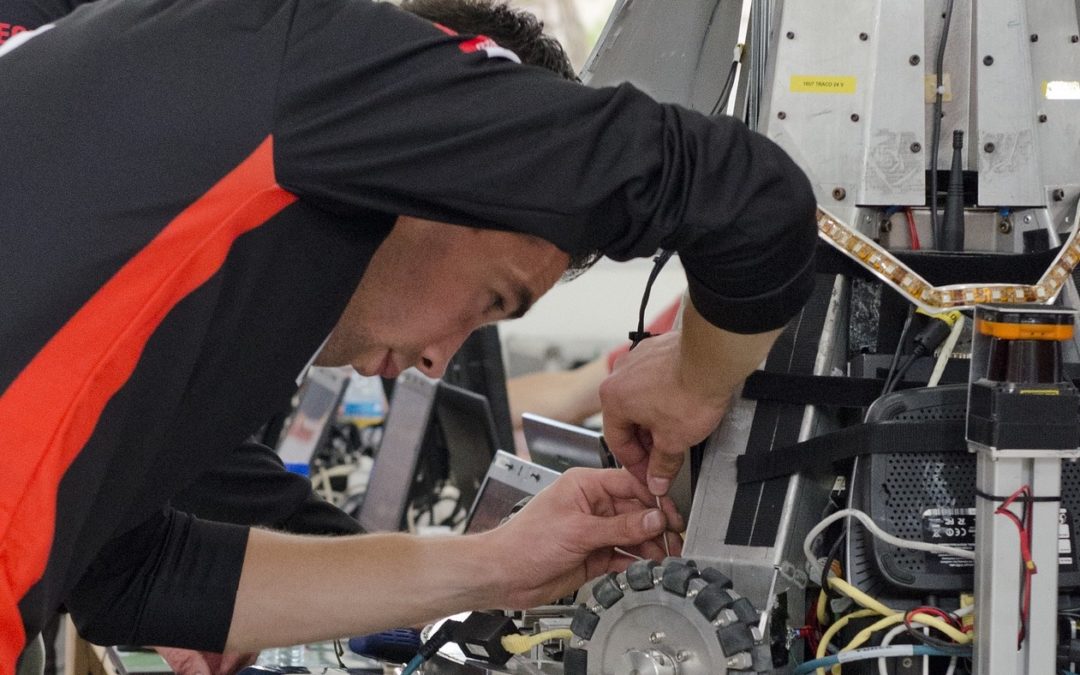The Philippines will need over 1.8 million engineers by 2025. Most of that need will be in the sectors of agriculture and forestry, manufacturing, construction, transport, mining, and utilities like electricity, gas and water, and other services.
This is according to a study entitled “The Future S&T Human Resource Requirements in the Philippines: A Labor Market Analysis conducted by the Philippine Department of Science and Technology (DOST) with government think tank, Philippine Institute for Development Studies (PIDS) in 2020.
The joint study projected that future demand among all science and technology-related professions in the country will be the highest in the field of engineering. The study reported that while the science and technology (S&T) workforce is only 5% of the Philippine workforce, engineering and computer and information technology have the highest numbers. The study further projected that the domestic economy will also demand more S&T workers in the fields of life science, physical sciences, as well as mathematics and statistics.
This trend was reflected in the first State of the Nation Address (SONA) by President Ferdinand “Bongbong” Marcos, Jr. who unveiled a list of populist policies involving science and technology. Among them, the President called attention to the need for improvements in education in order to improve the country’s international rankings in Science, Technology, Engineering and Mathematics (STEM) subjects, as these skills and knowledge are necessary for the country’s young people to compete in a highly technological and competitive world. His address noted further that the world is entering an age of exponential adoption of technology, a veritable Fourth Industrial Revolution characterized by the infusion of technology into almost every facet of our daily lives.
In line with these policies and findings, PACES remains committed to supporting a sustainable scholarship programme in STEM leading towards a strong scientific and technical manpower base in the Philippines as a key to progress in the global economy.
Related links:
Philippine Department of Science and Technology (September 2020)
International Labor Organization (November 2020)
State of the Nation Address by President Ferdinand Marcos Jr. (July 2022)
— by Dr. Efren Abaya


